Is Fukushima twice as bad, or four times as bad, as Chernobyl?
I've found two sure-fire ways to lose my Japanese Twitter followers. First is to tweet something critical of the current US president whatever the topic is, and second is to tweet something that doubts the orthodoxy commonly held almost as a sacred truth by people who are extremely afraid of radiation exposure (or so they say, while many continue to live and eat as before).
This one is the latter. And the particular orthodoxy is: "The amount of radioactive materials released by the Fukushima I Nuclear Power Plant accident is several times larger than the amount released by the Chernobyl nuclear accident." I've seen tweets saying "four times", and a more modest "twice as much".
From the tweet that was retweeted today by one of people I follow:
日本はもっとひどい惨劇が訪れると思う。だってチェルノの倍の放射能放出量+食べて応援+瓦礫
Japan will be visited by a far worse disaster [than Chernobyl]. Because the amount of radioactive materials released is twice as much as in Chernobyl, plus Eat and Support campaign, and disaster debris
I was at a loss for a moment as to where this person got this idea, so I googled the part of her tweet about the amount of radioactive materials. Up came a number of links that tried to figure out what this grave-sounding news was about, that radioactive materials released from Fukushima were several times greater than those released from Chernobyl. The date of these links were mostly May 2012. I followed one link, and the linked page mentioned a Yomiuri English article.
Then I suddenly remembered. Of course. Number in iodine equivalence, cesium-137 times 40, to compare in the INES event scale.
It was the English article by Yomiuri Shinbun on May 24, 2012, in which the writer or the editor edited out the word "iodine equivalent", out of carelessness and/or ignorance. As it stands, after the correction, the article does say "iodine equivalence":
TEPCO estimate sees more radiation than NISA's
Tokyo Electric Power Co. has estimated the total amount of radioactive substances discharged from its Fukushima No. 1 nuclear power plant measured 760,000 terabecquerels in iodine equivalence [this was missing in the original version], 1.6 times the estimate released by the Economy, Trade and Industry Ministry's Nuclear and Industrial Safety Agency in February.
...
The amount of radioactive substances discharged in the Chernobyl accident in 1986 was 5.2 million terabecquerels. ...
The version that did not have "iodine equivalence" was then quoted by ENENEWS on May 24, 2012, and RT put out an article the same day with the headline "Cesium-137 contamination: Fukushima amounts to four Chernobyls".
Some Japanese people then translated these two articles and a host of other English articles based on these two back into Japanese, and wrote in blogs, tweets "See, Fukushima is 4 times worse than Chernobyl! English language news says so! TEPCO is lying, the Japanese government is lying!"
Yomiuri English corrected the mistake after I wrote to them a few days after the original article was published, but the damage was done by then. (Unlike Mainichi English, Yomiuri English actually responded to my email and corrected the article.) But many people in Japan, like the person who tweeted above, continue to believe in the "Japanse translation" of the English articles based on a faulty Yomiuri English article based on Yomiuri's Japanese article based on TEPCO's press release.
After nearly two years, this, "Fukushima is 4 times as bad as Chernobyl", remains a basis of people's knowledge of the accident.
(And sure enough, after I tweet about iodine equivalence, my twitter followers decrease.)
=============================
Here's what I wrote on May 26, 2012: http://ex-skf.blogspot.com/2012/05/telephone-game-for-nth-time-how.html
and on May 24, 2012, with TEPCO's press release in English: http://ex-skf.blogspot.com/2012/05/tepco-900000-terabecquerels-iodine.html
Yomiuri English incorrectly says Fukushima released 760,000 terabecquerels in iodine equivalence, TEPCO says 900,000 terabecquerels in iodine equivalence. Without converting cesium-137 to iodine equivalent, Fukushima released 10,000 terabequerels of cesium-137, Chernobyl released 85,000 terabecquerels.



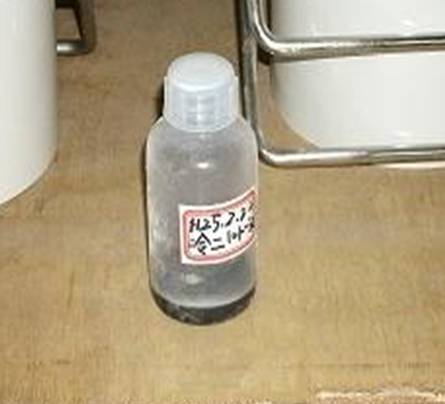
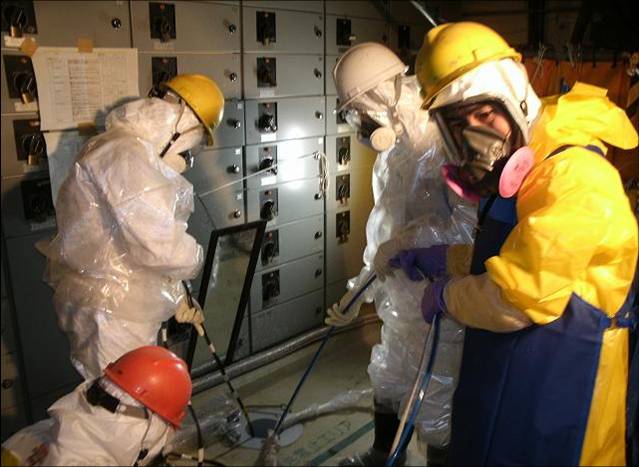
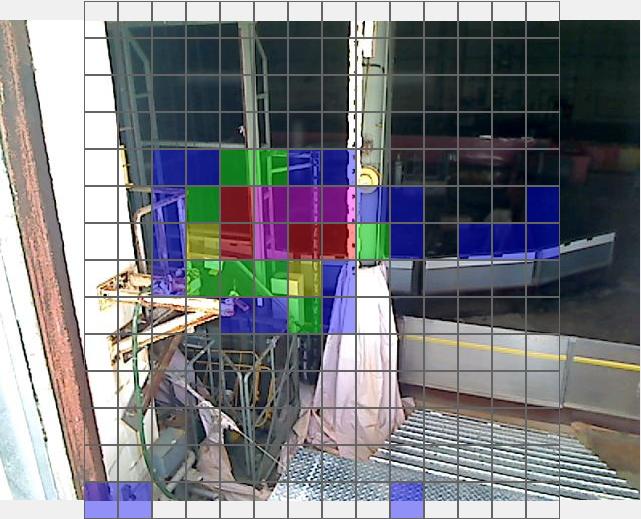


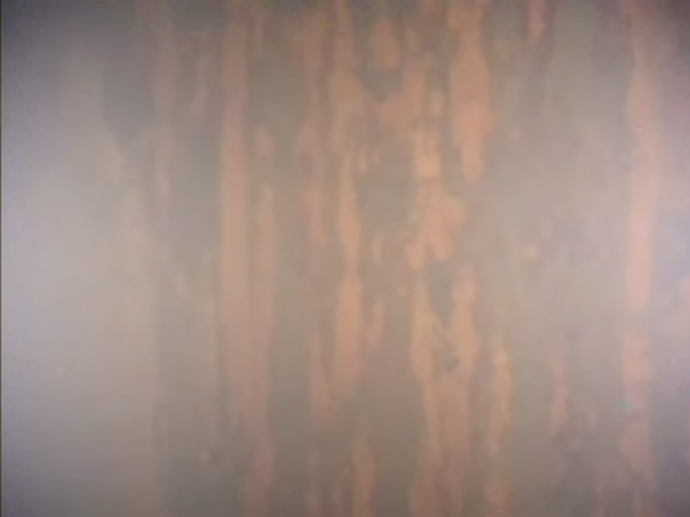
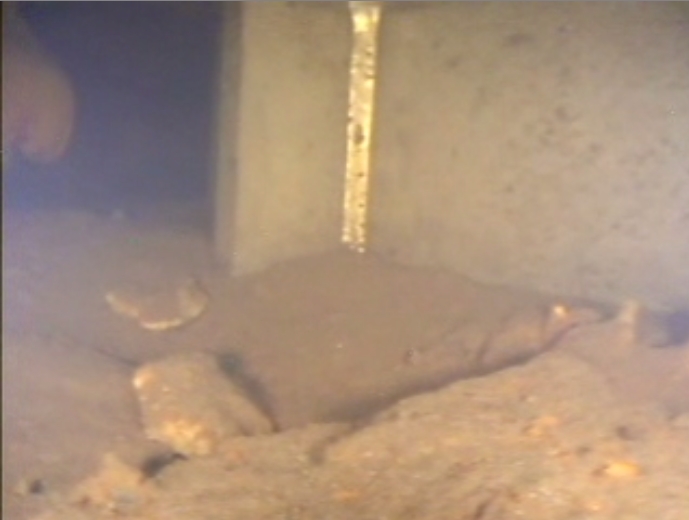
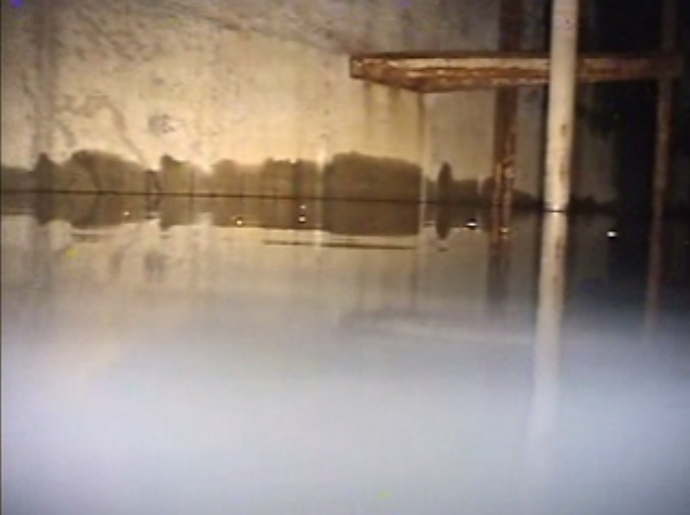
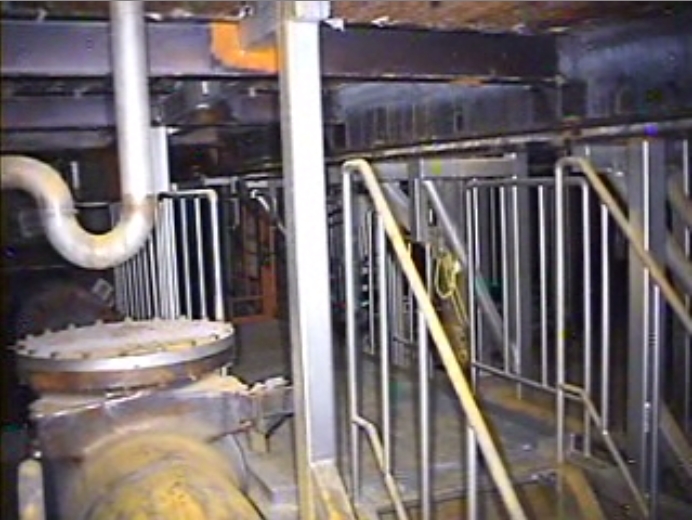






 Tokyo Time
Tokyo Time
![[Most Recent Quotes from www.kitco.com]](http://www.kitconet.com/charts/metals/gold/t24_au_en_usoz_2.gif)

